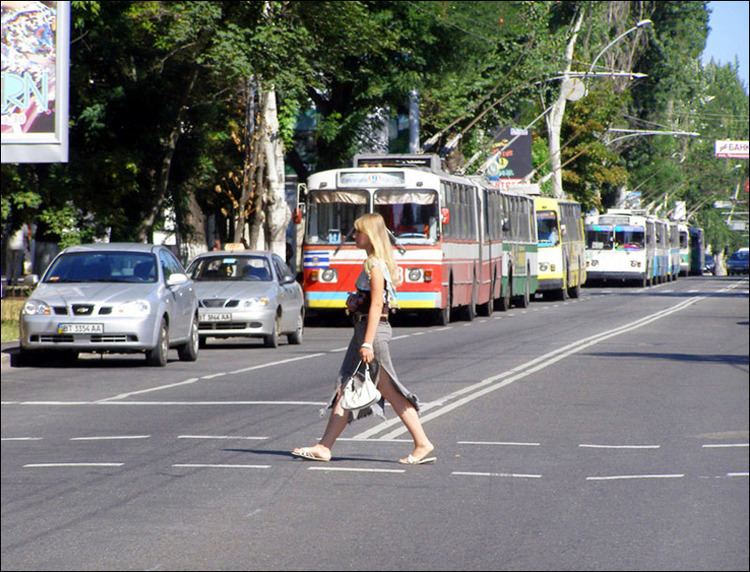Country UkraineKherson Oblast Area 135.7 km2 | Population 298,926 (2011) Founded 18 June 1778 | |
Colleges and Universities Kherson State University, Kherson National Technical University, International University of Business and Law, Kherson Maritime College of Merchant Marine Fleet | ||
Mayor Volodymyr Mykolayenko (Batkivshchyna) | ||
Map of Kherson
Kherson (Ukrainian: Херсо́н, [xɛrˈsɔn]) is a city in southern Ukraine. It is the administrative center of Kherson Oblast (province), and is designated as a city of oblast significance. Kherson is an important port on the Black Sea and Dnieper River, and the home of a major ship-building industry. Population: 294,941 (2015 est.)
Contents
- Map of Kherson
- an icy airport apron in kherson ukraine
- Odessa and kherson ukraine meet women from ukraine
- History
- Ethnicity
- Administrative divisions
- Climate
- Air
- Rail
- Education
- Main sights
- Notable people
- Twin cities
- The delicious food of ukraine
- 728729 drive cooking dinner music mix
- References

Since the annexation of Crimea by the Russian Federation in 2014, Kherson also houses the office of the Presidential representative of Ukraine in Crimea, which is headed by Nataliya Popovych.

an icy airport apron in kherson ukraine
Odessa and kherson ukraine meet women from ukraine
History
Until 1774, the region belonged to the Crimean Khanate.
Kherson was founded in 1778 by Grigori Aleksandrovich Potemkin, on the orders of Catherine the Great. The city was built under the supervision of General Ivan Gannibal on the site of a small fortress called Aleksanderschanz. The name Kherson is a contraction of Chersonesos, an ancient Greek colony founded approximately 2500 years ago in the southwestern part of Crimea. One of the first buildings in the Kherson Fort was the Church of St. Catherine where Potemkin was eventually buried. The last tarpan was caught near Kherson in 1866. During World War II, Kherson was occupied by the German Army from 21 August 1941 to 13 March 1944. During the Ukrainian revolution of 2014 the city was the scene of riots against president Yanukovich during which the main Lenin statue of the city was toppled by protesters. After the revolution the city became relatively calm.
Ethnicity
As of Ukrainian National Census (2001), the ethnic groups living within Kherson are:
The ethnic groups living within Kherson as of the 1926 Census:
Administrative divisions
There are three city raions.
Climate
Under the Köppen climate classification, Kherson has a borderline humid subtropical climate and humid continental climate (Cfa/Dfa).
Air
Kherson is served by Kherson International Airport providing both passport and customs control. It operates a 2,500 x 42-meter concrete runway, accommodating Boeing 737, Airbus 319/320 aircraft, and helicopters of all series.
The official airport website is http://www.airport.kherson.ua and additional info can be found at http://www.aisukraine.net.
Rail
Kherson is connected to the national railroad network of Ukraine. There are daily long-distance services to Kiev, Lviv and other cities.
Education
There are 77 high schools as well as 5 colleges. There are 15 institutions of higher education.
